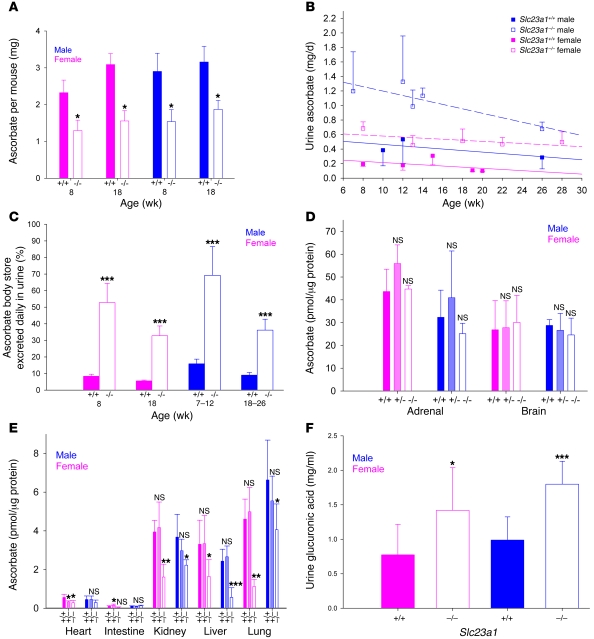Figure 6. Role of Slc23a1 in ascorbate body content, urinary loss, tissue distribution, and upregulation of synthesis.
(A) Total body ascorbate content of male and female Slc23a1+/+ and Slc23a1–/– mice (n = 6). (B) Amount of ascorbate excreted in urine, as a function of age, by male and female Slc23a1+/+ and Slc23a1–/– littermates aged 7–28 weeks. For clarity, error bars are unidirectional. The slope of all lines except that for Slc23a1+/+ females (P < 0.05) was not significantly different from 0. (C) Percent ascorbate body stores excreted in urine by male and female Slc23a1+/+ and Slc23a1–/– mice. Calculations based on data in A and B. (D and E) Ascorbate in tissues isolated from male and female Slc23a1+/+, Slc23a1+/–, and Slc23a1–/– littermates. Tissues with the highest ascorbate concentrations are grouped in D; others are shown in E. (F) Urinary glucuronic acid excretion (n = 8). *P ≤ 0.05, **P ≤ 0.01, ***P ≤ 0.001 versus respective control.

